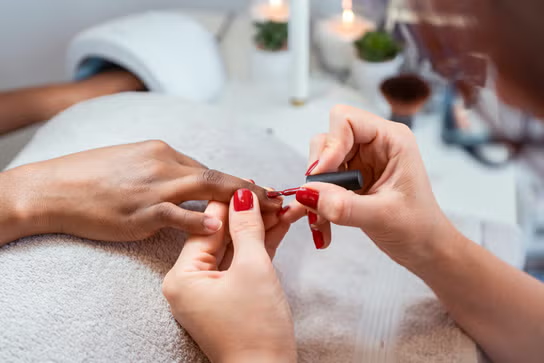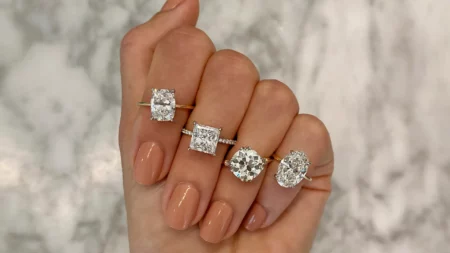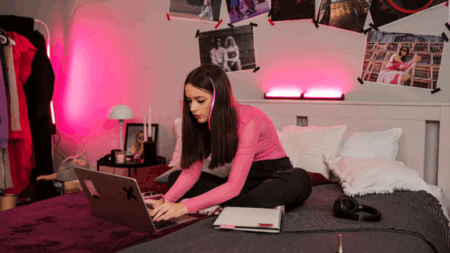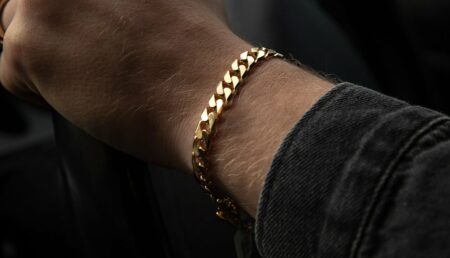Fake nails are now more than just a beauty accessory; they are a reflection of style, personality, and creativity. Artificial nails have changed over time to represent shifting fashion trends, cultural values, and technological progress. They have roots in ancient times and are now a part of modern fashion. They are an important part of self-expression now, but their history is much more fascinating than most people know.
Ancient Origins of Fake Nails
The first signs of fake nails emerged thousands of years ago. Men and women in ancient Egypt put on nail extensions made of gold, ivory, and bone to show how wealthy and important they were. Similarly, in ancient China, kings and other high-class people wore long nails with designs on them to show their power and wealth. These early forms show how nails were never just about beauty; they had important social implications as well.
The Rise of Fake Nails in the 20th Century
By the early 1900s, fake nails had changed into something more fashionable. Dentists were among the first to use acrylics in the 1930s, leading to nail extensions. Press-on nails became more accessible to regular consumers in the 1950s and 1960s as the beauty industry started to promote them. The opening up of nail fashion to more people started a cultural shift in which fake nails became extremely popular.
Nail Fashion in the 1980s and 1990s
The bright and daring styles of fake nails made them extremely popular in the 1980s. The decade’s general love of excess and extravagance was reflected in the fashion scene’s use of long acrylics, bright colors, and dramatic forms. Shorter nail extensions and French manicures became the preferred style in the 1990s as trends moved toward more natural and minimalist looks.
The 21st Century Nail Revolution
For fake nails, the 2000s were the start of a new age where creativity and new ideas were endless. Rhinestones, glitter, and intricate hand-painted patterns on fake nails turned them into a canvas for art that became very popular. These numbers have only grown because of social media sites like Instagram and TikTok, which have made nail trends go viral and inspired millions of people around the world.
Modern Fake Nails: Convenience Meets Creativity
Today, fake nails are more accessible and adaptable than ever. People can achieve salon-quality looks at home thanks to press-on nails, reusable nail sets, and high-quality glue. For those who want beauty without compromise, fake nails have become the norm thanks to this change. Glamnetic, a brand that continues to celebrate and innovate in the world of nail fashion, has a history of fake nails that readers can learn about to really understand the cultural and fashion significance of these trends.
Conclusion
Fake nails have undergone a remarkable journey throughout history, evolving from ancient symbols of power into modern fashion statements. They have survived changes in society, in technology, and in beauty standards, which indicates that they will always be popular. Fake nails, which combine traditional beauty with modern fashion trends, will continue to be at the forefront of beauty trends.



